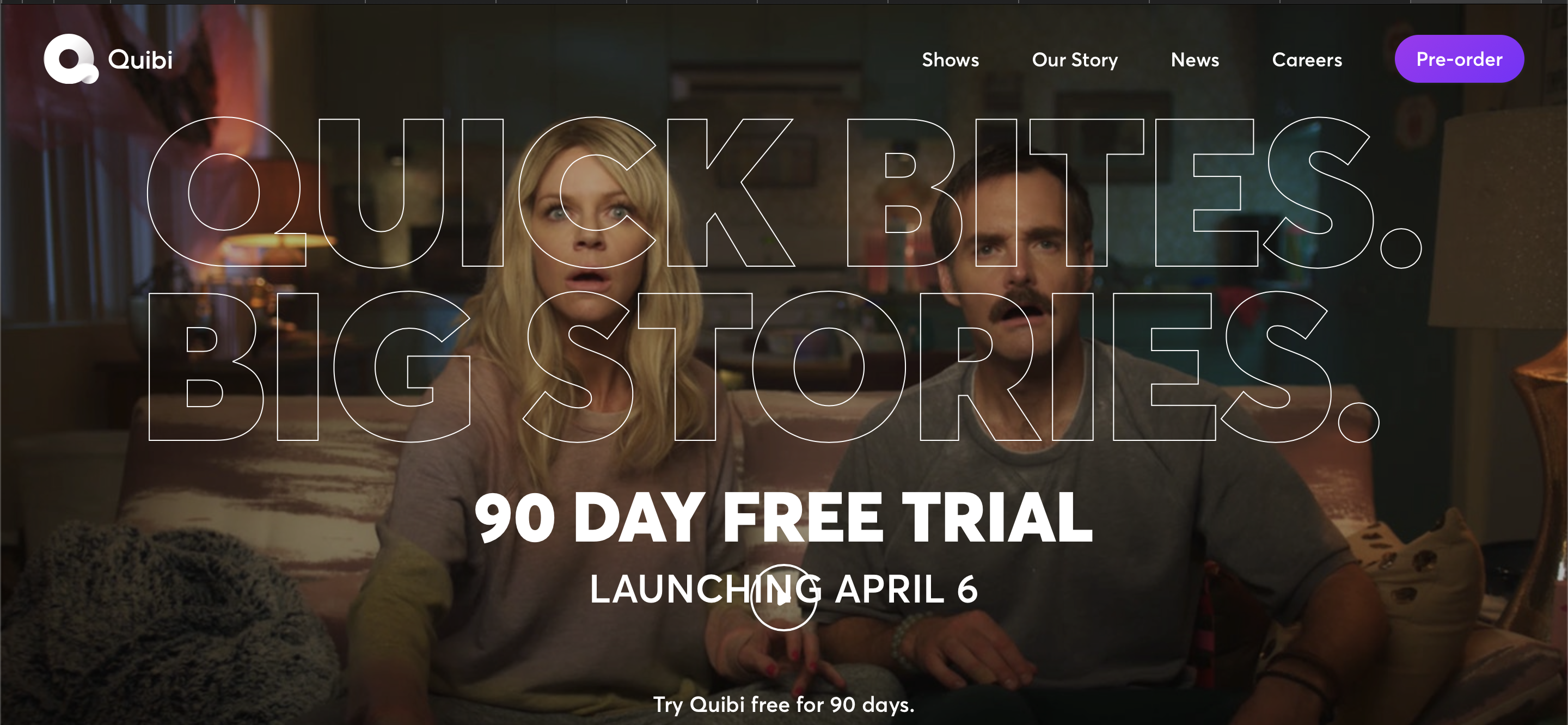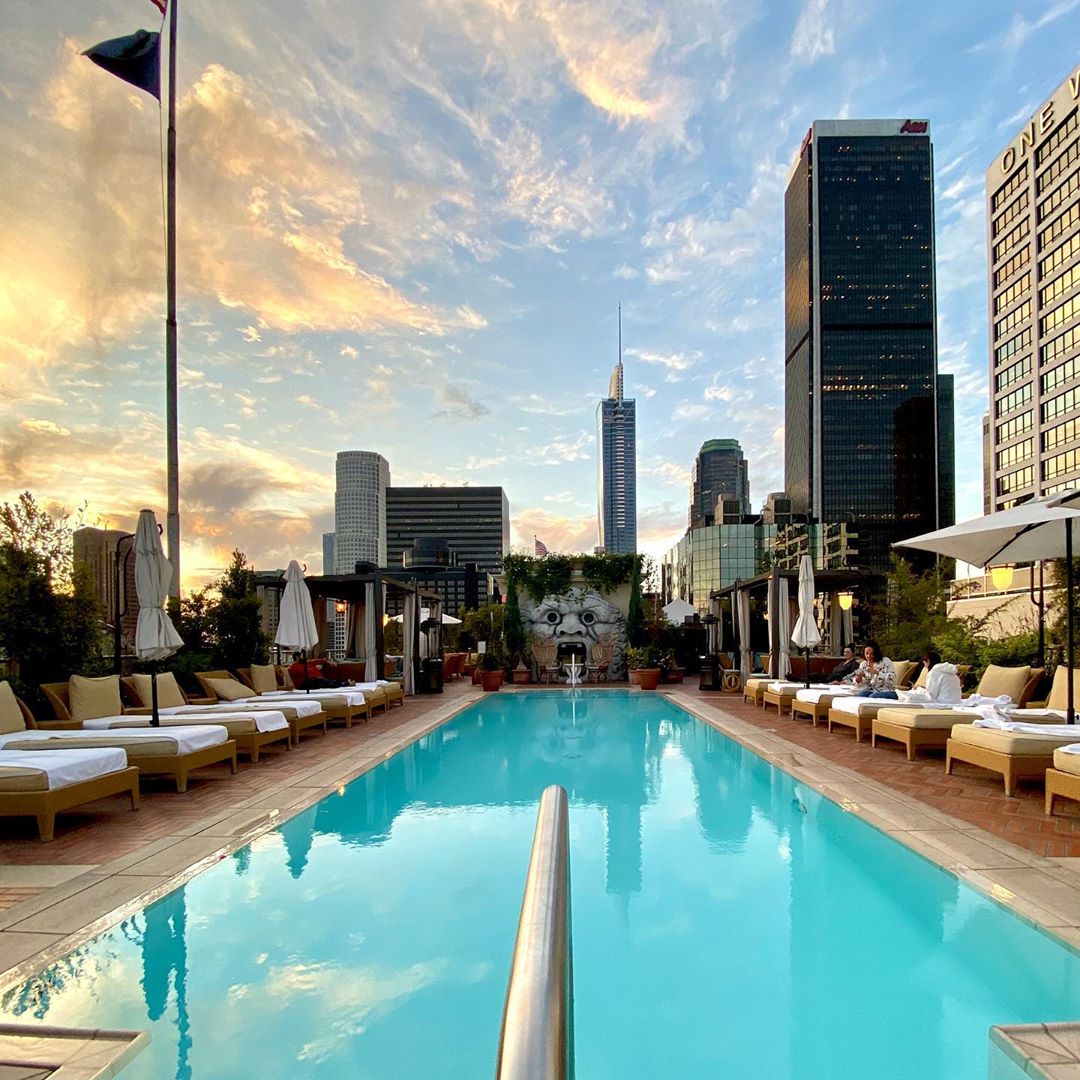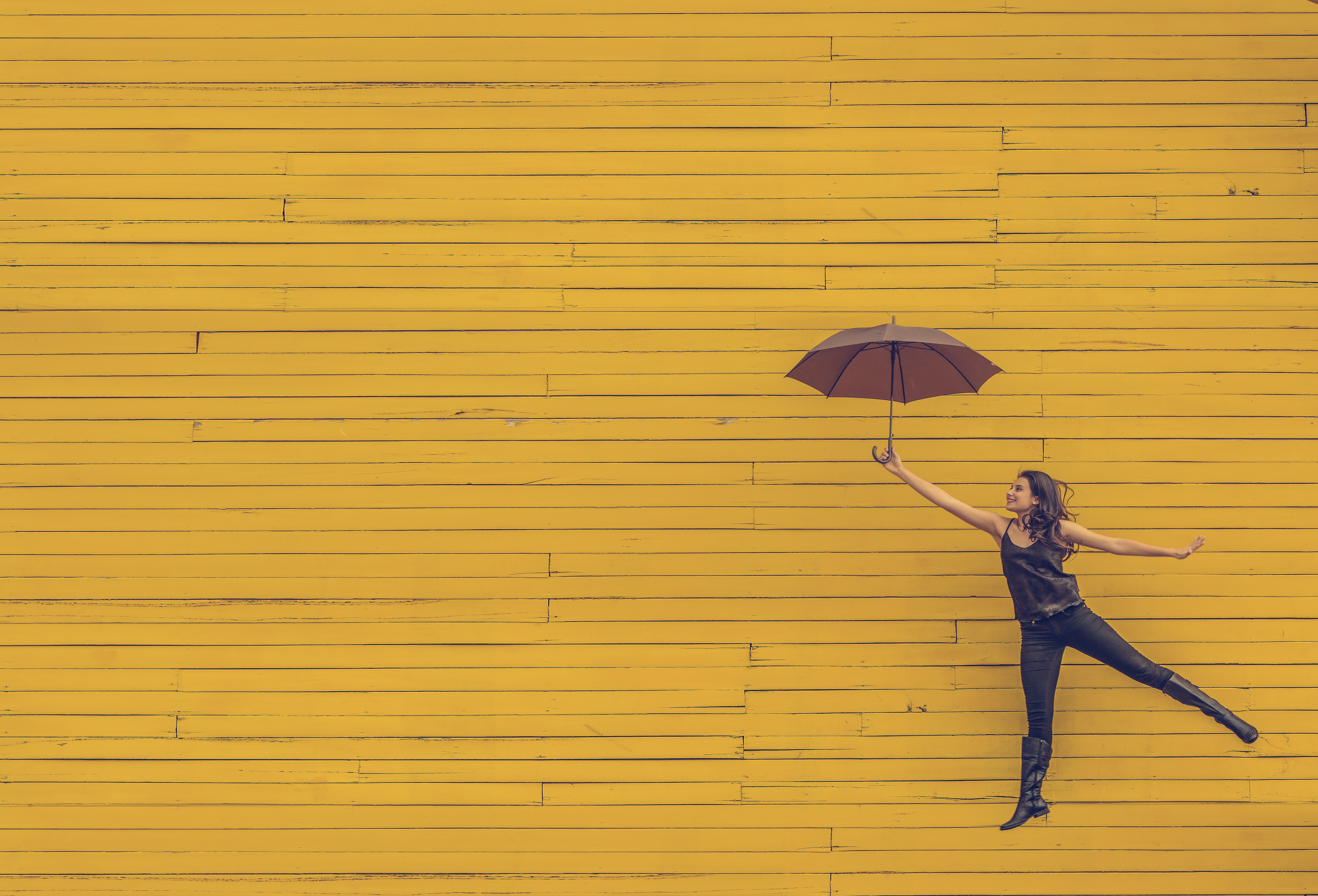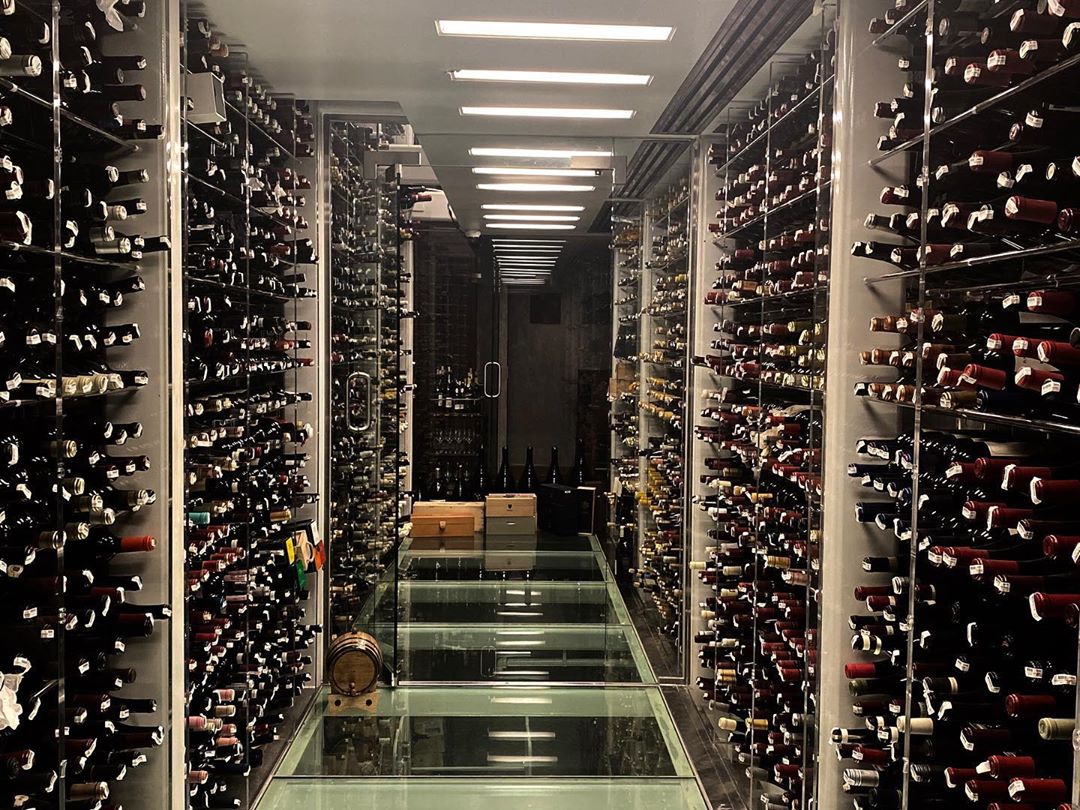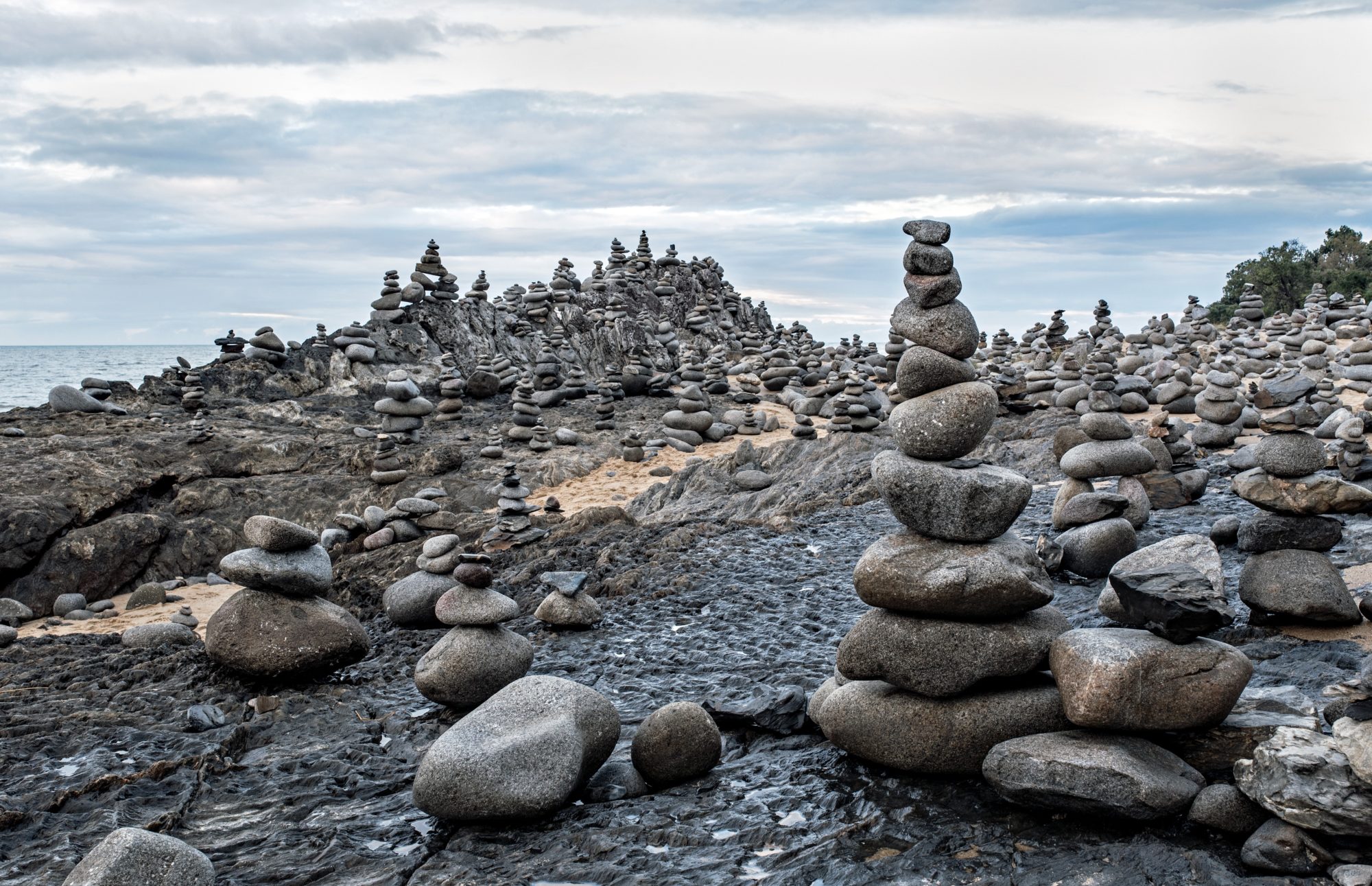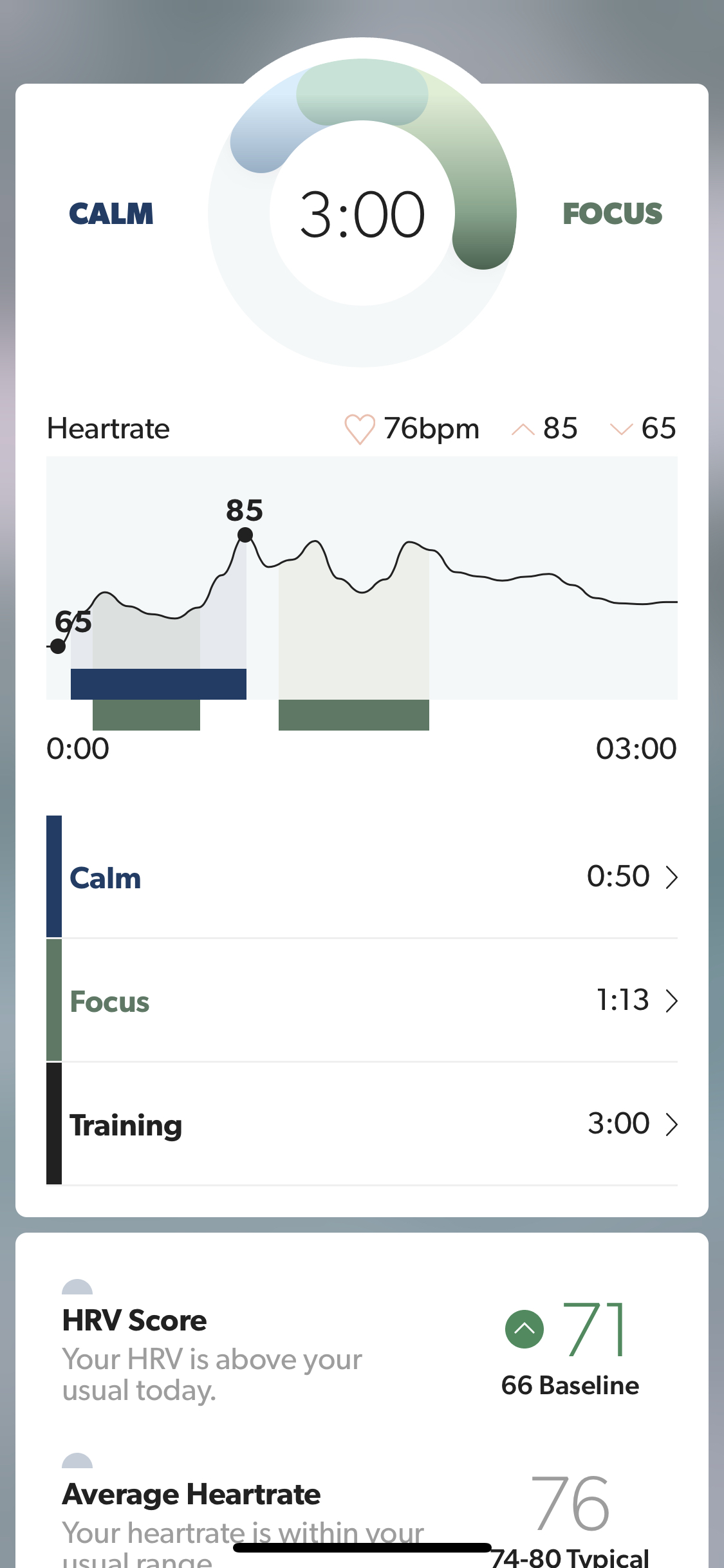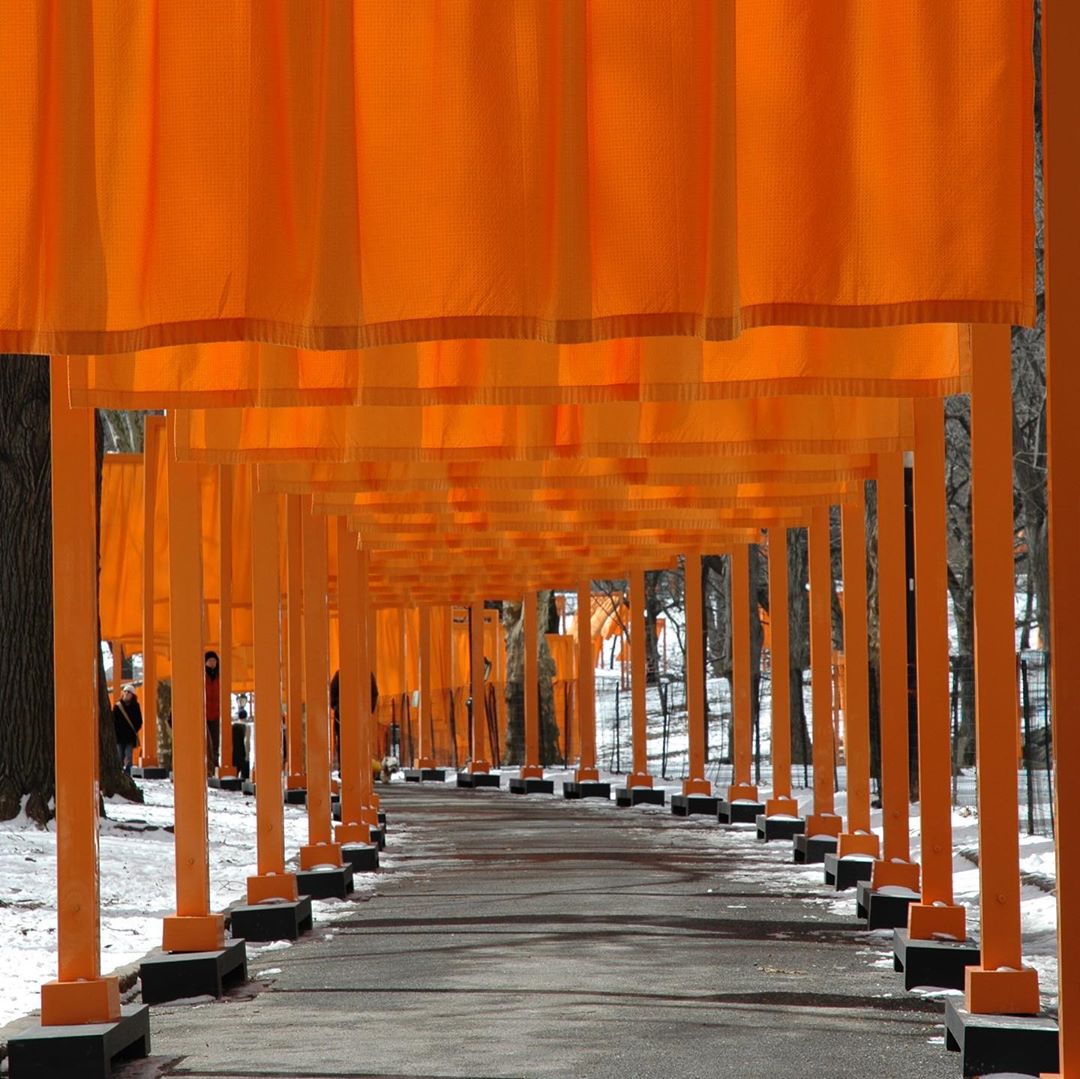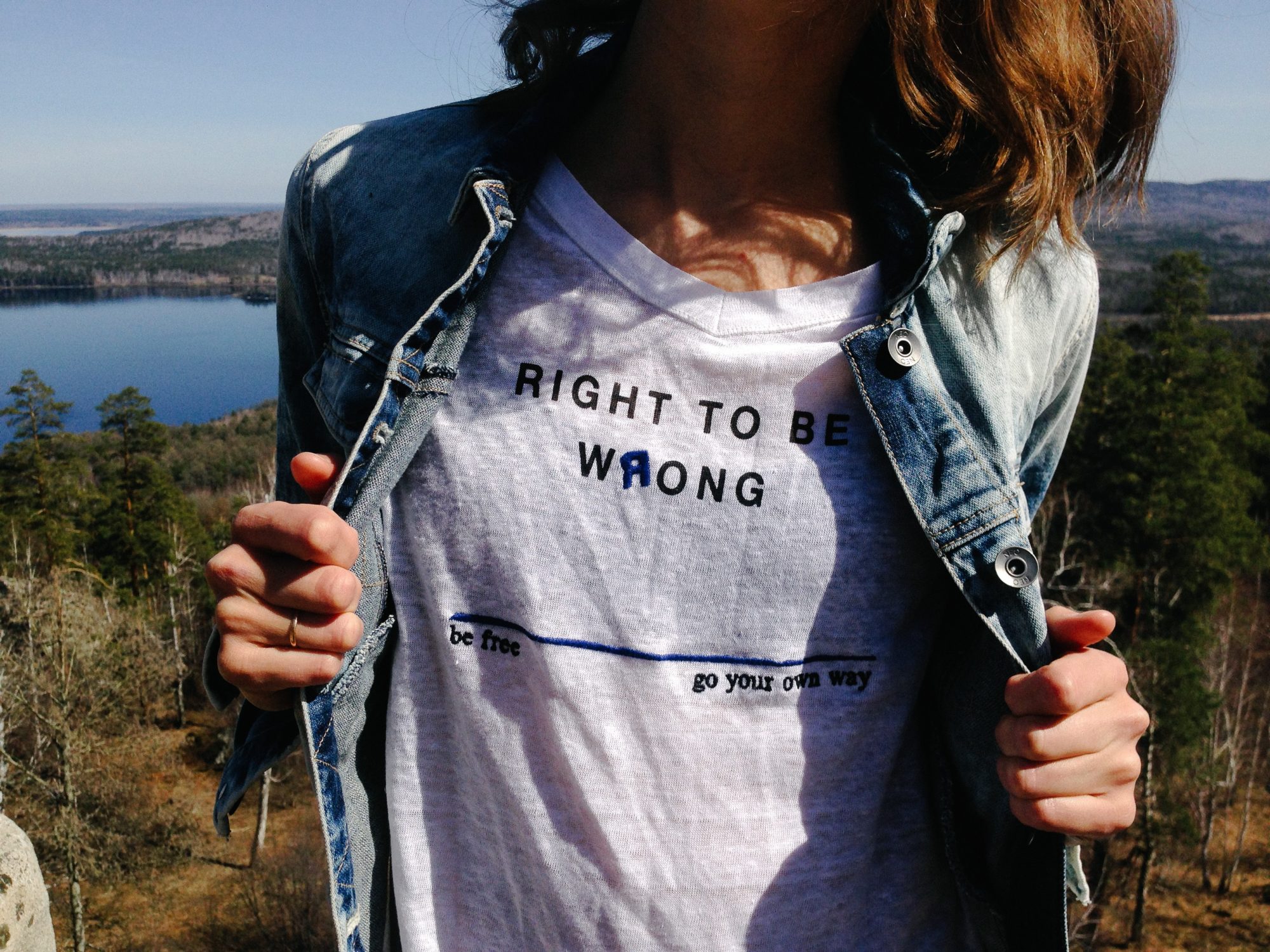
At some point in 2002, while I was still relatively new to eBay, I found myself sitting in a room with the exec staff discussing something strategic. Many of the details of the meeting are now blurry, but one little event is still crystal clear in my mind. People were talking, discussing options with opinions flying around, and I said something. I don’t remember what I said, but I do remember the reaction to it.
One of the senior leaders—a lovely, but brutally honest and blunt man—said, “That is the dumbest thing I have ever heard.”
There was a pause in the conversation. My heart stopped. And then the conversation continued, while I sat there, stunned.
I felt in my bones that I must speak again, in this meeting, to get over that comment, to move on and retain the confidence that I can contribute. I practically forced myself to speak again. Sort of like falling off a horse and getting back on.
I can guarantee you that the only person who remembers that moment now, 18 years later, is me. It’s actually a moment I’ve thought about several times as one of the key learning moments in my life.
The reality is that we will all be wrong sometimes, or at the very least, perceived to be wrong. It’s the price of speaking, the price of thinking, the price of writing. So what should we do? Never speak, think, or write unless we are certain we are right? That would erase your voice from the conversation.
I wrote a post last week about Quibi, and I purposely made a bold statement about how innovative this new film platform is. The innovation is not just the short-form content (or chapters) that Quibi uses; it is creating an interaction between the form factor of the screen (the phone) with the content for the first time in cinema.
Many (most?) people disagree. Some even wrote to me privately to tell me why I was wrong. I love the engagement.
Am I sure that Quibi will succeed? Absolutely not. But I am glad they are trying something fresh, new, and innovative, and I certainly hope they will succeed because I love the bold approach. I’ve been watching chapters for the past two nights and it’s a slick user experience.
As investors, we need to be both right and contrarian to make a return for our LPs. We will often be wrong, too, because the path to success for any company is filled with so many near-death experiences along a very winding road. But we can’t be afraid to make an investment.
Similarly, we can’t be afraid to talk or write. I will be right sometimes. I will be wrong sometimes. What matters to me is the thinking and the engagement. And I prefer to have a hopeful and optimistic view of the world, where I am rooting for success rather than failure.
Speak up. Claim your seat at the table. So what if you are wrong sometimes? We are all wrong sometimes. Shake it off and move on. I promise you that you are the only one who will remember that moment (even days later). Ultimately, your voice matters. Don’t erase yourself.

